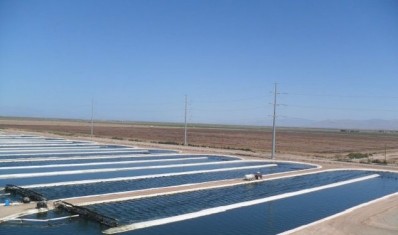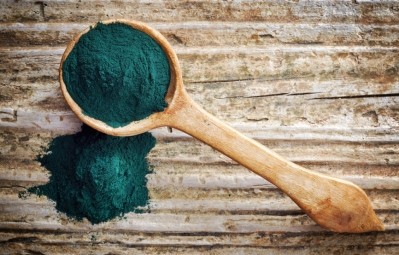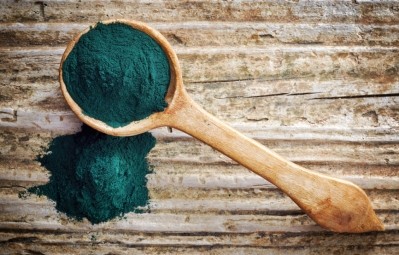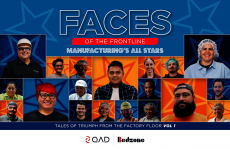DIC Corp pumps $13m into spirulina-derived natural blue color extraction facility in CA
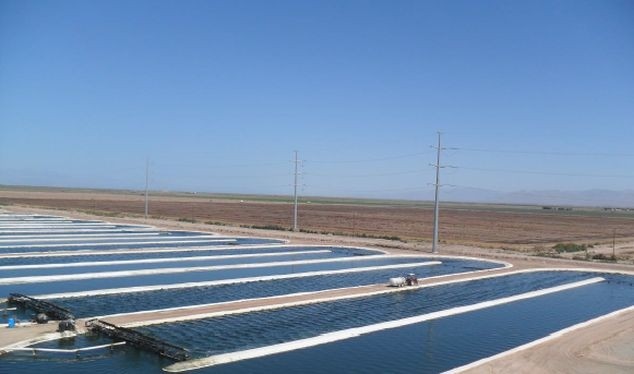
The move follows an initial $10m investment made in November 2013, with new facilities scheduled to come online in 2018, said DIC, which expects the global market for natural blue food coloring to grow 50% annually from 2016 through 2020.
The extraction facility - which produces natural blue food coloring from phycocyanin, a blue colorant extracted from spirulina using a water extraction process - is next door to Earthrise Nutritionals' spirulina farm.
DIC is also exploring ways to extract other pigments remaining in the Spirulina biomass after the blue pigment has been removed, as well as its use as a plant derived protein in food and animal feed, said DIC, which also makes Linablue in Hainan Island in China.
The market has really taken off in the past few months
Speaking to FoodNavigator-USA in August, Lee Crockett, division sales & marketing manager at Earthrise Nutritionals, said there had been a noticeable upswing in demand for spirulina extract over the past 12-18 months as more big CPG brands have embarked on clean-label drives and more formulators have added the natural blue food color to their toolbox following regulatory approvals in the US.
Spirulina extract is growing at a double-digit pace - much faster than many other natural colors - in part because it is still a relatively new addition to the toolbox in the US, a major user of natural colors (the FDA approved it for use in gums & candy in 2013 and for most other food/beverage applications in 2014), he said.
However, clean-label pledges from major brands such as General Mills, Kraft Heinz, Nestle and Kellogg have also created a sense of urgency that has helped to boost sales of the extract, which can be used as a standalone blue color or combined with yellows and reds to create green and purple shades, added Crockett.
“For us, the market has really taken off in the past few months. We sell to the color houses around the world and they tell us that the market is growing rapidly in everything from candy to powdered beverages, icing, yogurt, and ice cream.”
